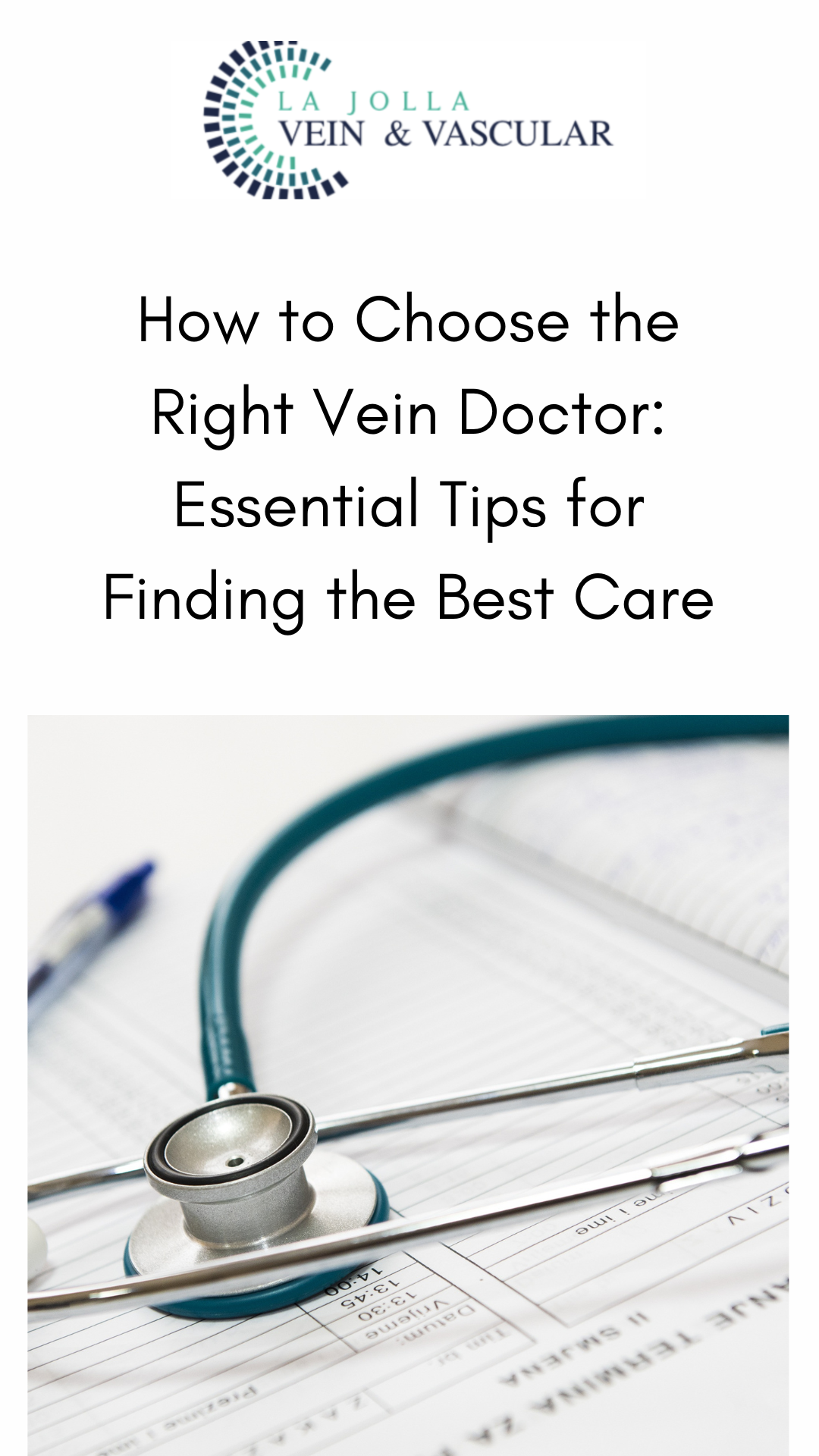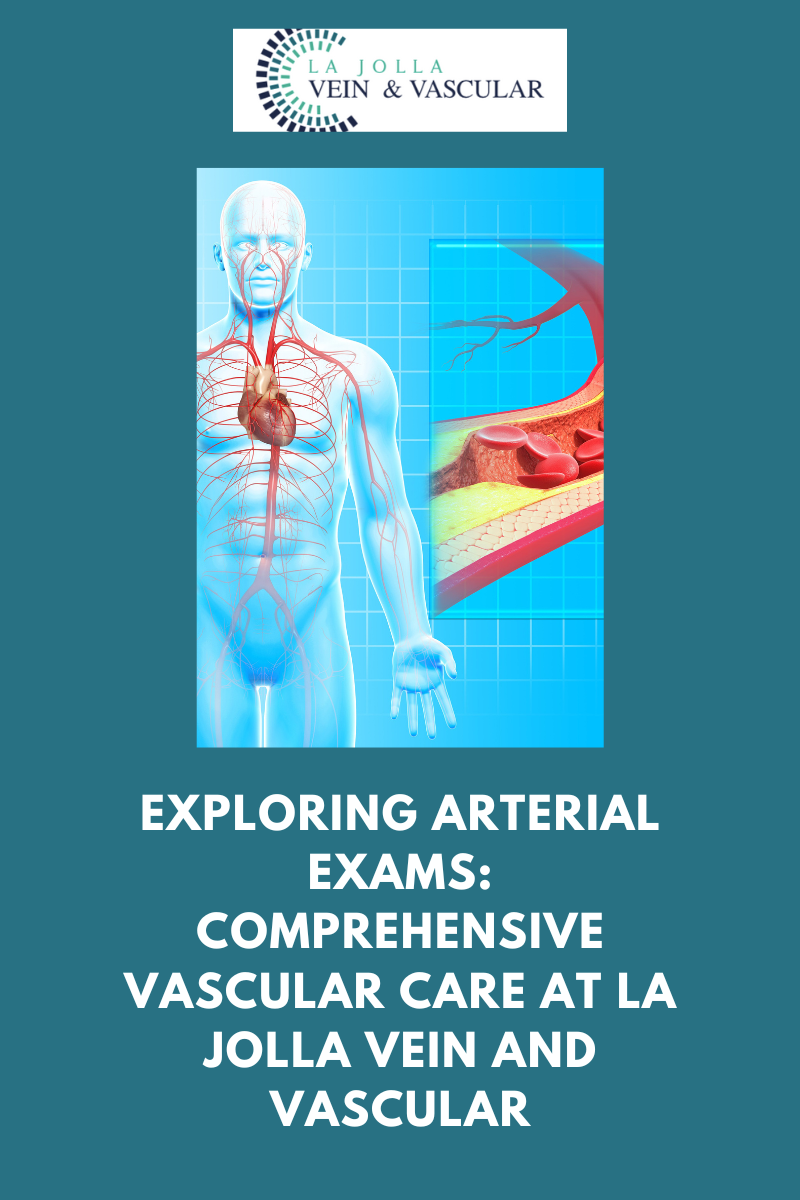Symptoms of vein disease to look out for

An estimated 80 million Americans suffer from a vein-related condition with symptoms. Since most veins lie deep under the skin’s surface, vein disorders are not always visible to the naked eye. As a result, it’s important to be aware of the symptoms that might reveal an underlying vein condition. If you’re experiencing pain, fatigue, heaviness, cramping, or restlessness in your legs, you should seek expert consultation. Today, a venous duplex scan is used to view internal images of your veins, even the veins beneath the muscles (deep veins). The ultrasound exam, which is painless with no additional symptoms takes fewer than 30 minutes, allows a trained specialist to examine your venous system to determine if your symptoms are connected to a vein-related condition. The good news is that many vein conditions can be easily treated. At La Jolla Vein & Vascular, we treat venous reflux disease with a tailored approach to the patient’s needs and symptoms.
Venous reflux disease is also known as venous stasis, venous insufficiency or venous incompetence. Venous reflux disease refers to ‘leaky valves’ in the veins of the legs. Reflux may occur in the deep and/or superficial leg veins. The deep veins are those within the muscle; they bring at least 80-90% of the blood from the legs back to the heart. The superficial veins are outside of the muscle and under the skin.
The main superficial veins are the Great Saphenous Vein that courses up the middle of the thigh and calf and the small saphenous vein, which courses up the back of the calf. Normally, there are one-way valves within the leg veins, which help blood flow in one direction: toward the heart. This means blood is traveling against gravity.
The calf muscle also helps move blood toward the heart. When vein valves are leaky, blood flows backward (reflux) towards the feet. Blood pools in the lower legs, causing bulging veins at the surface. Symptoms include leg heaviness, leg fatigue, leg pain, ankle swelling, phlebitis (inflamed and painful veins) , restless legs at night, and night cramps.
Venous reflux disease is progressive and worsens over time. Skin changes may also develop, including darkening of the skin around the ankles. The darkening of the skin is sometimes referred to as venous stasis skin changes. The skin can become dry and itchy (venous eczema). Eventually, the skin can break down causing a wound, called a venous leg ulcer.
If you experience any vein disease symptoms, please call our office at (858)-434-5998 to schedule a consultation with one of our knowledgeable doctors at La Jolla Vein and Vascular.
For more information on vein health please check out our Youtube Channel or visit our helpful guide of resources.





